Despite very high interest rates during the early 1990s, the ratio peaked in 2008 due to the staggering debt load of households, even at lower interest rates. It is no surprise that this ratio closely matches the net income losses experienced by property investors as shown in the next figure.
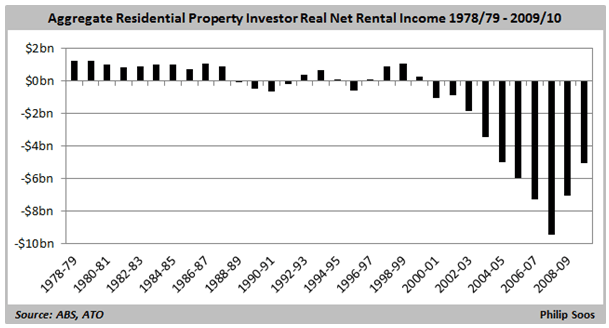
Perhaps the most telling of all data are investors’ ability to finance the debt and routine expenses on their residential properties. In the midst of the late 1980s commercial land bubble, an element of residential speculation caused real housing prices to increase, most notably in Sydney and Perth. Speculators suffered income losses from 1988/89 to 1991/92 while seeking capital gains. The market later stabilized before making the largest net income losses from 2000 onwards, signifying a zero net yield and massive residential bubble.
Advertisement
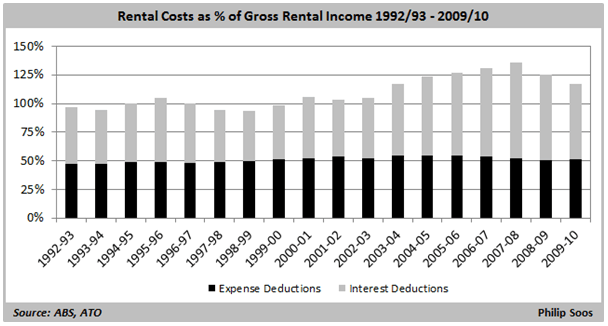
The obvious cause of these losses is due to the rise in interest repayments rather than running expenses, which have remained stable at around 50% of gross rental income. Interest repayments peaked in 2008, driven by higher interest rates before the GFC hit.
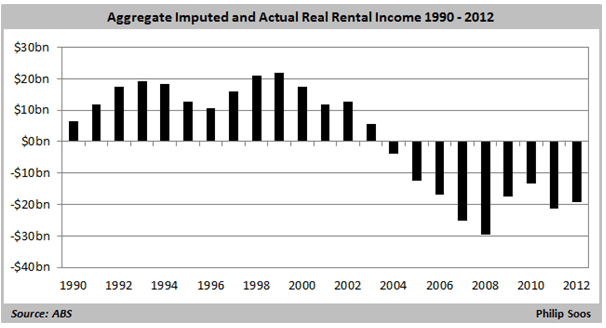
Not only is investment properties overvalued, the entire residential stock is. The vast majority of properties are owner-occupied, at almost 70%. Since 2004, all owners on aggregate have been running net income losses which do not bode well for them once capital values stop increasing.
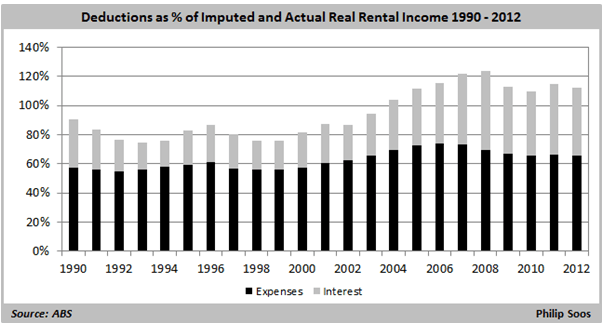
Once again, it is interest repayments that are the cause of the income losses. A slight uptick in expenses during the 2000s surely didn’t help, but has since then fallen back to its long-run average.
Advertisement

Despite the best efforts of the National Housing Supply Council (NHSC) and the FIRE sector to spruik a housing shortage, the long-term trends show dwelling growth has consistently outpaced population growth since WW2. From 2008 to 2009, the trend reversed temporarily.
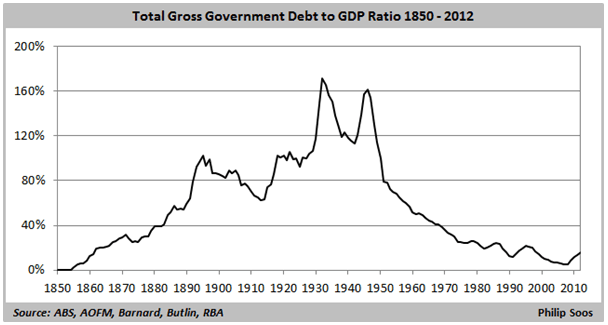
Discuss in our Forums
See what other readers are saying about this article!
Click here to read & post comments.
4 posts so far.